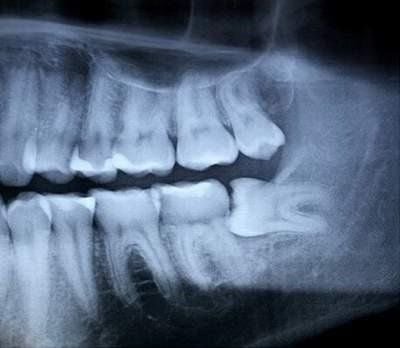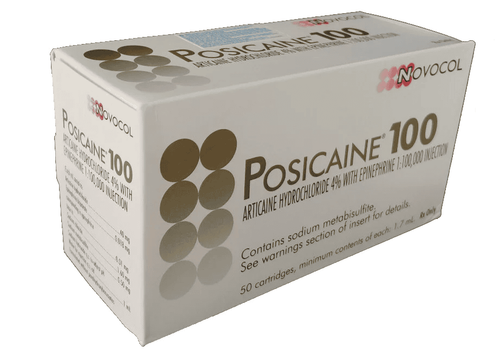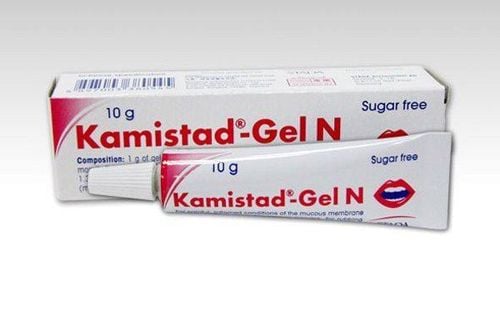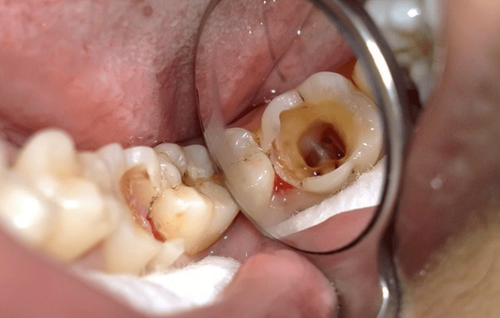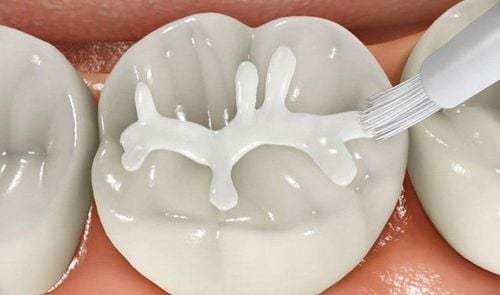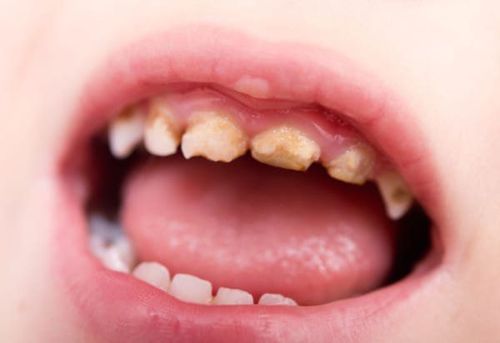This is an automatically translated article.
Tooth decay This phrase must make you think of children who eat too much candy, in fact dental diseases are now quite common even with adults such as deep incisors. So what to do if you have a cavity in between your front teeth? Is there any way to prevent the incisors from getting worse?
1. What is incisor caries?
This pathology is a form of tooth decay, when bacteria attack and destroy tooth structure. Teeth are a non-renewable organ, so letting mild incisors become heavier not only costs you more money, but also affects the beauty of your face, worse, affects your health.
2. Causes of incisor caries
The main cause of this pathology is the same as with normal tooth decay, due to an unreasonable diet and improper oral care that causes the incisors to decay.
After eating the leftover food particles will stick on the teeth, places such as between the teeth are easier to stick and difficult to clean, and between the teeth is also a place for more bacteria, if the interdental spaces are not cleaned. The right way will create a good environment for bacteria to grow, thereby creating the phenomenon of interdental caries that we often encounter.
In addition, the use of bamboo toothpicks to remove leftover food from between the teeth will also cause decay between the front teeth, because the bamboo toothpick head is large, so it can't take out the leftovers completely. and more susceptible to food poisoning.
3. Manifestations of interstitial caries through stages
Some of the manifestations of caries in the incisors that you can detect such as:
The roots or the edges of the teeth appear black, or yellow, visible to the naked eye. The possibility of caries in the incisors is high when there are manifestations such as interdental edges or teeth with tiny holes or chipped teeth, frequent pain, discomfort or discomfort when using. foods that are too cold or too hot. Stages of formation and development of incisor interstitial caries:
The structure of a tooth consists of the outermost layer of enamel, then the dentin layer and finally the pulp tissue. Bacteria will destroy the tooth gradually from the outside into the pulp.
Enamel caries: At this time, you have mild interdental caries and can be easily treated, at this stage, yellow or brown streaks will appear between the teeth or between the teeth. Cavities: At this stage, tiny holes will be seen on the teeth, the pain appears in waves and is more obvious than in the previous stage. When eating or drinking hot, cold or sour foods, the sharp pain appears much more clearly. It doesn't hurt if you don't eat. Pulpitis: When the enamel and dentin of the tooth has been destroyed, bacteria begin to have the opportunity to attack the pulp, leading to pulpitis. The sharp pain persists even without affecting them.
4. Harm of incisor caries
Cavities cause tooth enamel to gradually wear down, teeth can become loose, weaker and more prone to fracture. Mild incisor caries without timely treatment will lead to many conditions such as severe toothache, pulpitis, tooth loss,...
More seriously, it affects all components around the teeth such as gums. teeth (gingivitis, abscess, receding gums), jawbone (jaw bone loss), facial tissue (cellulitis),...
Cavities in the incisors affect daily eating, pain when eating rice accompanied by a numbing sensation that reduces your taste, making you unable to eat well, or sharp pain that causes difficulty sleeping, insomnia, this condition in the long run will affect many people's health. both physical and mental health.
In addition to affecting health, having deep incisors also affects the quality of life, you will be very self-conscious when communicating with others when you have a set of teeth with tiny black holes, or bad breath. emitted when speaking is caused by bacteria growth. Not only that, it also makes the other person afraid to communicate with you, affecting social relationships such as work, friends,...
5. Caries between the front teeth what to do?
For mild incisor caries, proper dental care can help the teeth to recover, but as mentioned above, teeth are irrecoverable organizations, so this only works for the early stages and tooth decay is quite mild.
Clean your teeth with fluorinated creams, brush your teeth thoroughly after eating and especially before going to bed. Use dental floss instead of toothpicks to clean between teeth, remove food residues in between teeth. You can use some folk remedies such as: Lemon, salt, ginger, mint, ... to help kill bacteria that cause tooth decay. Scientific diet, use less foods containing too much sugar, combine with eating a lot of green vegetables and limit eating late at night. You have mild interstitial caries but cannot be detected and treated, making this situation worse (dentin caries stage, pulpitis). At this time, it is not possible to treat at home, see a doctor for appropriate treatment.
Depending on the severity of the incisor caries, you will be advised on different treatment methods, commonly used procedures today such as: Dental fillings, porcelain crowns,...
Dental fillings: As a method method of removing the affected tooth tissues and replacing them with specialized materials. This will prevent further decay and help restore the tooth's shape.
The advantage of this method is fast treatment (only about 15 to 20 minutes for a filling position), low treatment cost, similar color to natural teeth. However, their bearing capacity is not high, so after filling, it is necessary to avoid using them to chew and bite hard objects, limit the use of dark colored foods such as tea, coffee, beer, ... because under the impact of water Foam and food coloring are very easy to cause the filling to change color.
Porcelain crown: After grinding real teeth in the appropriate proportion, the doctor will use a crown of porcelain crown to cover, this helps to restore the shape and function of the tooth.
The advantage of this method is that the teeth have high hardness that allows you to eat and chew normally after crowning, and without losing aesthetics. However, the porcelain crown requires the correct indication to avoid grinding the teeth that are still in good condition, the correct technique must be followed so as not to create consequences such as bad breath, gingivitis after making porcelain teeth.
To detect early decay incisors, go for regular dental check-ups as directed by an orthodontist. This will help you avoid potentially serious situations.
Please dial HOTLINE for more information or register for an appointment HERE. Download MyVinmec app to make appointments faster and to manage your bookings easily.




